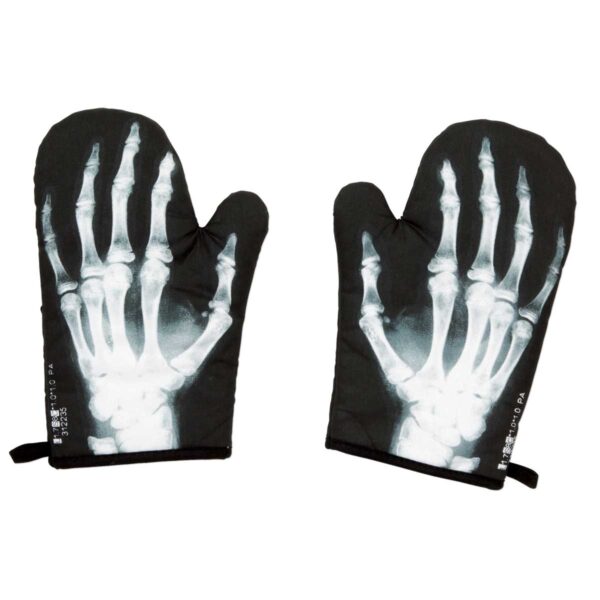X-Ray Safety Gear: Protect Your Employees and Patients

X-Ray Safety Gear
X-ray radiography is one of the most revolutionary inventions in the world of technological advancements throughout decades. It can be dated back as far as 1895.
X-ray Radiography has made medical diagnoses and treatments more efficient and safe. Though it may use a very small dose of ionizing radiation, it produces pictures of the body’s internal structures. Instead of performing surgery to know if something is wrong with one’s spine, for instance, a medical professional could simply conduct a quick x-ray exam and see what the problem is exactly.
Many people are worried about the negative effects of x-rays, as the extreme exposure to radiation is known to cause health problems. Here’s what you need to know about the use of x-rays and how to stay protected.
What are x-rays used for?
X-rays are used to look skin deep or even bone deep to examine and explore what the naked eye couldn’t see without performing a surgical procedure. The most popular form of x-ray is the x-ray radiography which is used to detect tumors, dental complications, organ problems, infections, and even bone deteriorations, or disks.
X-rays were also used in gynecological and obstetrical procedures, until doctors found that mothers were giving birth to babies with abnormalities resulting from the radiation exposure. As a result, this practice has changed. Now, an OB/GYN office in Lebanon, NJ and around the country would utilize ultrasound, which takes live images through sound waves.
History of radiation concerns
Women are said to be more susceptible to getting exposed to more radiation from x-rays because of the staggering increase of breast cancer cases every year. As early as 1956 to the present, epidemiologic studies have linked many x-rays with cancer increases in patients, including modest excesses of pediatric leukemia in offspring of mothers undergoing diagnostic x-rays during pregnancy, and increased breast cancer risks in women with tuberculosis monitored using fluoroscopy and in women with scoliosis evaluated with repeated x-rays.
Safety is important
Whether you are working in a facility that deals with x-rays or you are a patient, it is very important to wear the correct gear to protect yourself from radiation. Many people may believe that employees are not directly going through the x-ray tests, thus they are not exposed to radiation, but that is far from the case. Employees are constantly administering x-ray exams, so it’s crucial they stay protected just as much as patients.
There are quite a few types of protective gear that labs and facilities should have on hand. Lead aprons for x-rays protect the upper body, thighs, and knees while a test is being administered. Adult breast radiation protection shields are usually used for females to protect their breasts. Bar-ray pediatric Lead Mittens act like a glove and offer full wrap-around radiation protection. They are soft enough for younger patients hands, so if you specialize in pediatrics or see a lot of children patients, this may be useful.
According to Tufts Environmental Health and Safety, your employer is required to monitor occupational intake of radioactive material and assess the resulting dose if it appears likely that they will receive greater than the ten percent of the annual limit intake (ALI). With such limits set in place, protecting employees from radiation is critical.
When it boils down to it, the most important thing you can do when working near x-ray procedures or under a x-ray procedure is to wear safety gear. This is the most efficient way to lessen your chances of radiation exposure.





